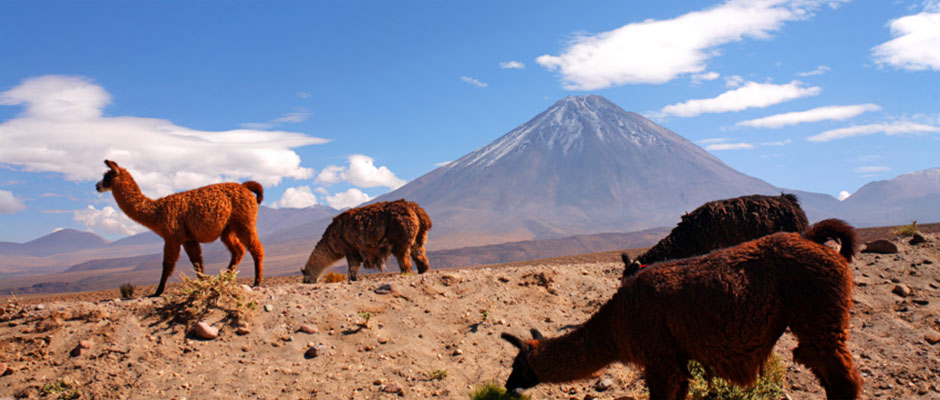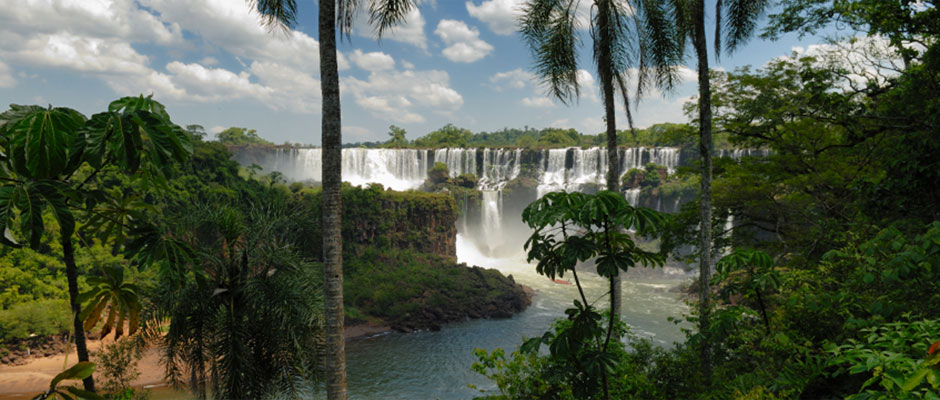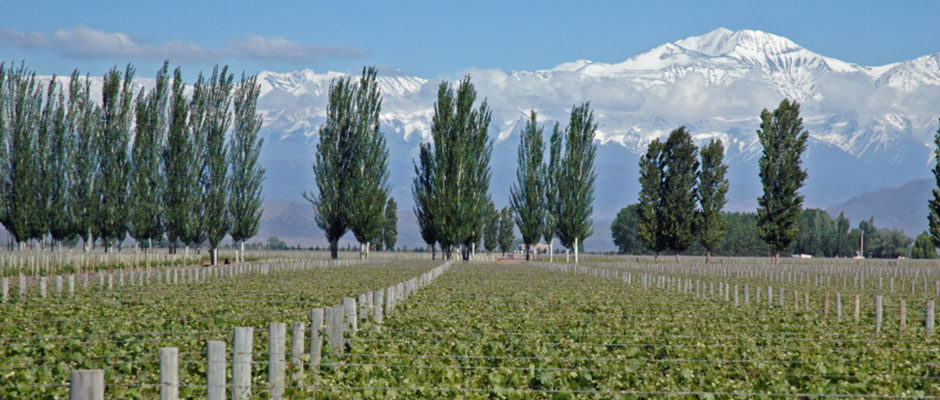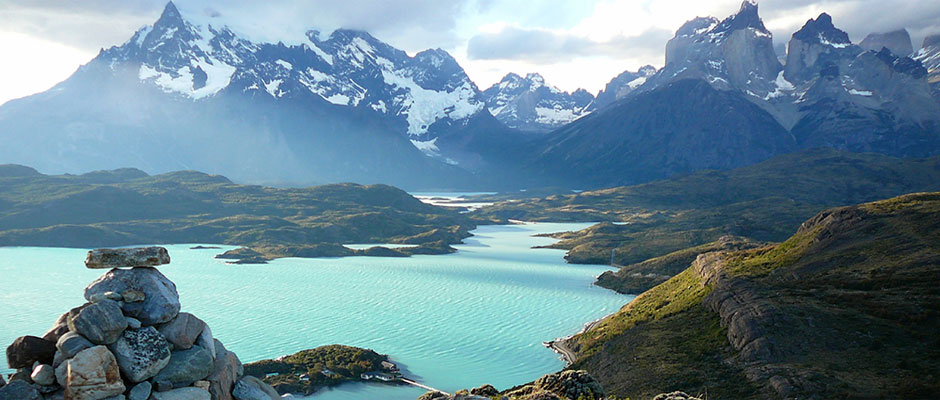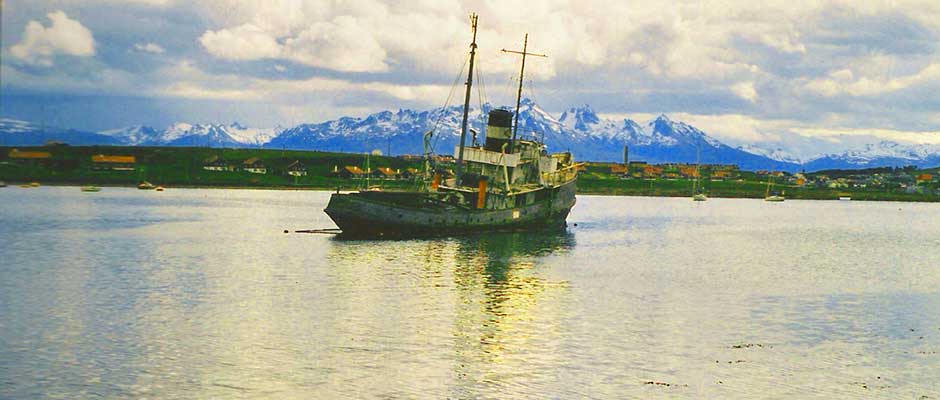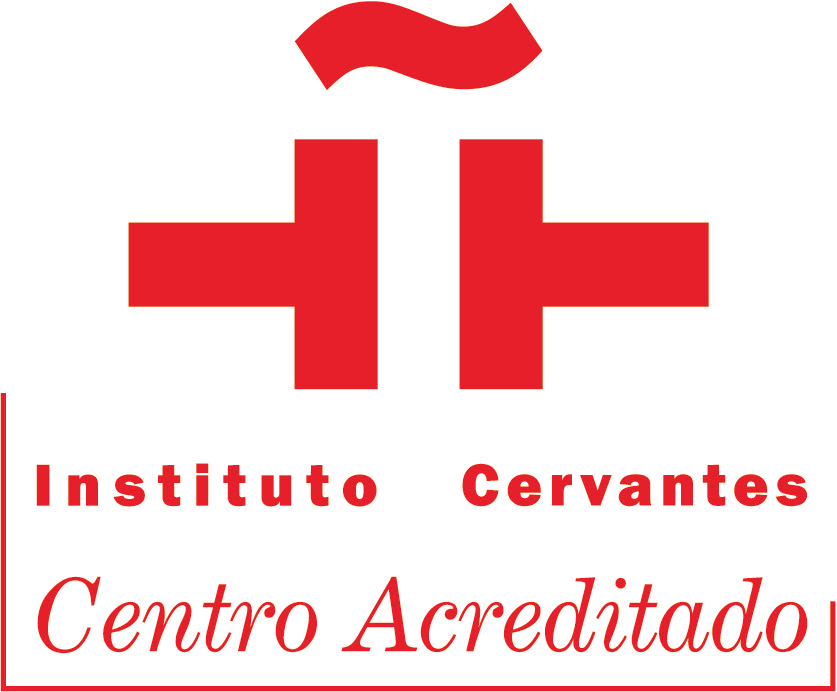The different regions in Argentina offer an extremely wide choice of trips, excursions, treks, etc. Argentina can be divided into 7 regions.
- Northwest: Jujuy, Salta, Tucumán, Catamarca, Santiago del Estero, La Rioja
The northwest area of Argentina has a wide variety of landscapes; its scenic beauty makes this area popular both with international tourists and Argentineans. Besides its natural wealth, the area is also famous for its archeological sites, pre-columbian ruins and colonial cities. There is a lot of tobacco and sugar farming in this region, but it is still one of the poorest areas of the country.
→ Two of the oldest cities of Argentina are at the entrance point to Northwest Argentina. Santiago del Estero and Tucumán are 15 bus hours away from Buenos Aires. These colonial cities witnessed important historical events, but are also known as gateways to the Andes.
→The Salinas Grandes, extensive salt flats on a height of more than 4000 meters, make you believe that you are on another planet. Tip: rent a car to drive to this surreal landscape from a nearby town.
→ In the provinces of Salta, Jujuy and Catamarca you will find the Puna, a beautiful, high-altitude plain of grassland in the highest part of the Andes. This region is one of the highest inhabited areas in the world. Rent a car or take the ´Train de las Nubes´ from Salta to go to this deserted territory.
- Northeast: Misiones, Corrientes, Entre Rios, Santa Fe
This area is called Mesopotamia and is the most diverse part of the country. Three rivers slice through the landscape: Iguazú, Paraná and Uruguay. The scenery ranges from tropical rainforest in the north to pampa grasslands in the south.
→ Iguazú Falls are the biggest waterfalls of South America and a wonder of nature that you cannot miss. The falls are four times wider than the Niagara Falls, you can cross and admire them above, below and, yes, in the middle of waterfalls. Starting out in Buenos Aires, it takes you 17 hours by bus or 2 hours by plane to get to Puerto Iguazú where you can visit the national park both on the Argentinean and Brazilian side.
→ El Palmar National Park: This park of 8500 ha contains an enormous palm forest, sandy beaches on the Uruguay river and indigenous tombs and remains of an 18th century mine and a port. Any bus running from Buenos Aires to Concordia will make a stop at the park.
- West: San Juan, Mendoza, Neuquen
This region has a drier climate and this is where the Andes form the border with Chile
→ Mendoza is worth a visit for everyone who loves wine and beautiful nature. After a 14 hour bus ride from Buenos Aires you will arrive in the capital of the province. From there it is easy to visit endless picturesque places that this region has to offer. Rent a bike to cycle through the vineyards or go to the mountains for rafting, kayaking or hiking.
→ The Aconcagua is 6,960 meters high and as such the highest mountain in the Americas. It is located 112 km west of Mendoza. You can take a guided trekking or climbing tour or go by yourself…if you are an expert climber.
→ Valle de la Luna is the Spanish name for Valley of the Moon, which is the nickname for Ischigualasto Provincial Park, a natural reserve 300 km away from the capital of San Juan. This unique clay formation gives a glimpse of the earth’s evolution in the Triassic Period and appears in all kinds of shapes and layers of sediments and minerals. The park is on the UNESCO World Heritage list and is one of the most important paleontological fields in the world.
- Las Pampas: Provincia Buenos Aires and La Pampa
This region is the original habitat of the gauchos, the Argentinean cowboys. It is a vast area of grassland used for agriculture and livestock grazing. You can find more information about traveling in this area in the section Living in Buenos Aires.
- Central Mountains: Córdoba, San Luis
The mountains of Cordóba and San Luis rise out of the flat arid Pampa. This central part of Argentina is also known as the Central Mountains and has a temperate climate. It gets dryer to the south-west, closer to the Pampa. Summers are hot and winters are extremely dry.
→ Córdoba was founded in 1573 and is one of the cities with the best kept colonial architecture. Several universities make Córdoba a vibrant student city with an extensive nightlife. An 11 hour bus ride brings you from Buenos Aires to this beautiful city and, once there, you can easily visit Córdoba on foot despite the fact that it is one of the biggest cities of Argentina. Take a local bus to a small town in the sierras (hills), to spend the day hiking in the beautiful nature, or sunbathing near one of the lovely lakes.
→ In the north of the province San Luis, you will find the San Luis Mountains, a formation of hills and mountains with an average height of 1500 meters. Quijadas Sierras National Park is part of the Mountains, with dark red rock formations around the valley. The only way to reach the park is by car, or with an excursion from San Luis. Keep in mind that it is forbidden to walk around the park without a guide.
→ Villa General Belgrano is a complete German town 85 km south of Córdoba. It is a centre for excursions to the mountains and towns around, like La Cumbrecita, Villa Alpina and Cerro Champaquí. The most famous event of Villa General Belgrano is Oktoberfest, complete with live German music, lederhosen and lots of beer. Local buses from Córdoba leave several times a day.
- Patagonia: Puerto Madryn, Península Valdés, Santa Cruz, Rio Negro
Patagonia is one of the least populated regions in the world, with in some places just one inhabitant per square kilometer. Massive glaciers and majestic mountains define Patagonia`s scenic landscape, a paradise for outdoor lovers. Climbing, skiing and hiking are popular activities to enjoy your stay. In the mountains of Patagonia you will observe some of the most impressive views of South America. The climate is generally cold, although summers can be hot in the central area.
→ If you survive 23 hours by bus or 2 hours by plane from Buenos Aires, you will arrive in San Carlos de Bariloche. This city is THE ski resort of Argentina, also called the Switzerland of Argentina because of the beautiful lakes, waterfalls and snowy mountains. Bariloche is the best point for exploring the Nahuel Huapi National Park, therefore the city is worth a visit at any time of the year.
→ Puerto Madryn is a city on the east coast of Argentina: a gateway to see whales, penguins, sea lions and elephant seals. The Valdes Peninsula, the fauna reservation where you can see all these animals, is on the UNESCO World Heritage List. It will take you 20 hours by bus or 2 hours by plane from Buenos Aires to reach this extraordinary place.
- Fireland (Tierra del Fuego): Ushuaia, Cape Horn (Chile)
The island of Tierra del Fuego is at the extreme south of South America, and is divided between Argentina and Chile. There is a wild forest that lends itself for skiing in the winter and trekking in the summer. To get on the island you have to cross Chilean territory: there are no roads or ferries between the Argentinean mainland and the island.
→ Ushuaia is the biggest city on Fireland. It is the most southerly city in the world and grows quickly. In the first part of the 20th century the city was centered around a prison for heavy criminals who were sent off to the island. The prison closed in 1947 and is now a tourist attraction. From the harbor of Ushuaia you can do cruises to the Antarctic in the summer months or sail around Cape Horn.
→ Parque Nacional Tierra del Fuego stretches from the Chilean border in the west to Lago Fagnano in the north. Some areas are not open for visitors. The entrance of the park is 12 km from Ushuaia, where you will get a map with the routes to the highlights of the park. Besides hiking, you can also take a boat to several islands where you can spend not only the day, but also the night.




